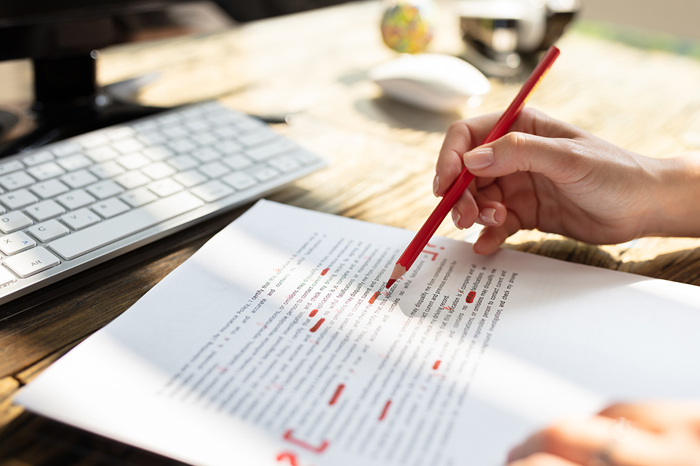I’m a technical writer and editor, and my clients often ask me for feedback on their writing. One piece of advice I give nearly all my clients is to eliminate redundant and unnecessary phrases.
Redundant Phrases Muddy Your Message
Redundant phrases make writing clunky and sometimes unclear. A few examples of redundant phrases are end result, skin rash, and major breakthrough. If we delete the redundant words, we’re left with result, rash, and breakthrough.
Most unnecessary phrases come at the beginning of a sentence. Examples include It is important to note, There is, and In other words. These phrases are extra words that add no value to a sentence. Your writing will be stronger and clearer if you delete them.
Writers use redundant and unnecessary phrases out of habit and because they’re often used in speech. However, these phrases make your writing muddy and detract from your message.
Ready to Trim the Fat From Your Writing?
I’ve compiled a list of the redundant and unnecessary phrases I see most often: The Essential Guide to Redundant and Unnecessary Phrases. Download the PDF, and keep it handy to help you write more clearly and concisely.








